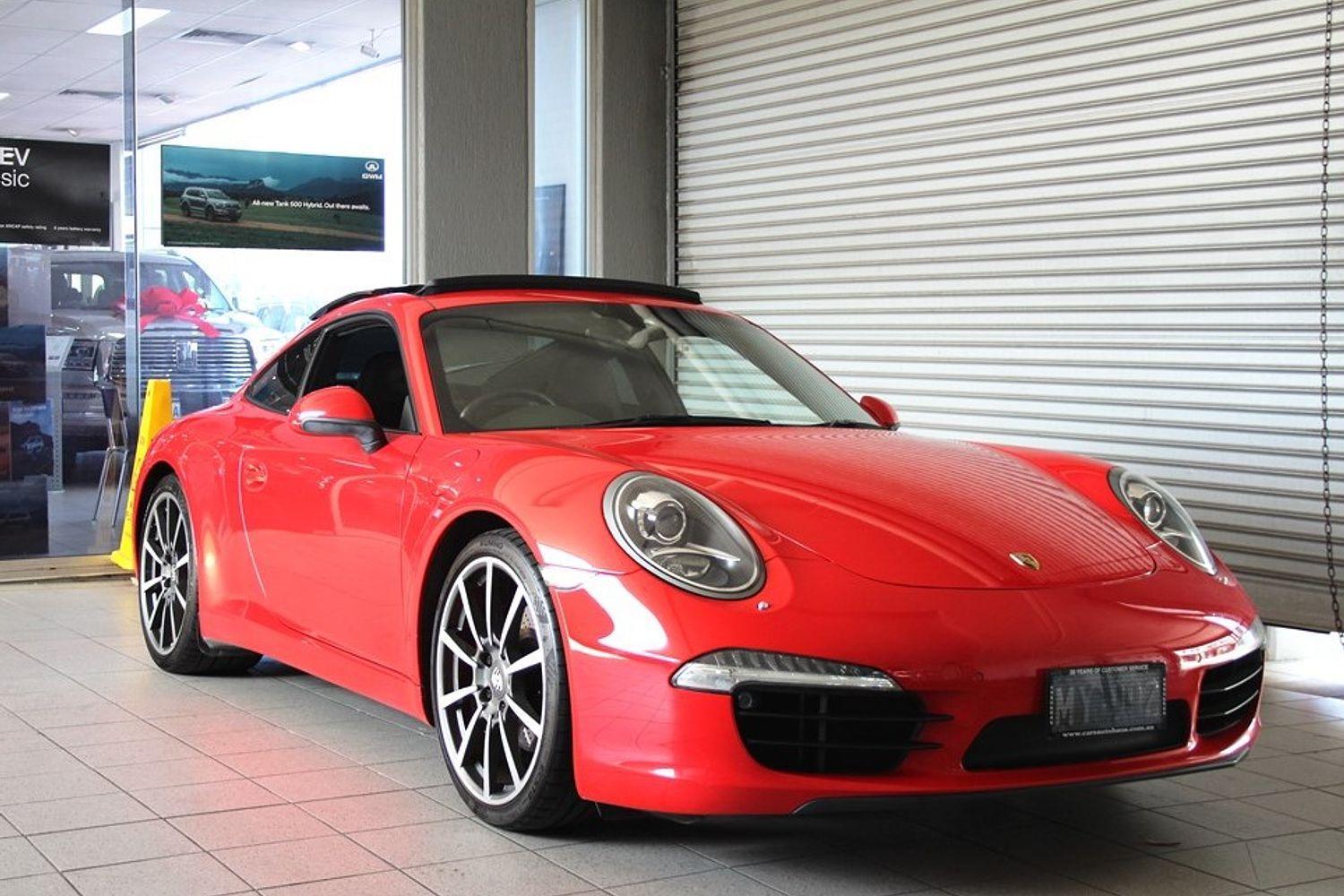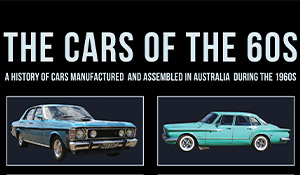BMW Roadster turns 75
With the public falling in love with the car, BMW decided to build the 315/1 in a small series, catering also to motorsport enthusiasts. Only 230 units were completed by mid 1935, with many used successfully in motorsport.
BMW works driver Ralph Roese, for example, used his own race-modified BMW 315/1 Special, weighing in at a very lithe 380 kilograms, to claim a debut victory at Nurburgring by a staggering 17 kilometres.
A more powerful version of the BMW Roadster - the 319/1 - arrived in late 1934, featuring a 1.9-litre six-cylinder engine.
In the mid 1930s, production roadsters and competition cars were very similar in technical terms so motorsport was an ideal place to prove the performance and reliability of production cars. Looking for ways to increase performance without increasing engine size, BMW engineers developed the M328 engine, which powered the legendary BMW 328 sports car of 1936.
Right from the start, in its debut at Nurburgring on 14 June 1936, BMW's new roadster literally pulverised even the most powerful supercharged competitors. Its success was thanks to a well balanced mix of engine power, low weight and cutting edge suspension technology.
The BMW 328 remains rare to this day with only 464 units built, right through to 1940. While the 328 paved the way for BMW's sporting activities, the company's next two-seater sports car set new standards in design and elegance. In the mid 1950s BMW introduced the 507. Its debut at the 1955 New York motor show left both journalists and the public spellbound.
The BMW 507 introduced a vertical, as opposed to horizontal, kidney grille, and aluminium V8, acknowledged to this day as the first light-alloy V8 built in series production. Exactly 251 proud owners took delivery of this exclusive car between 1956 and 1959.
It took 29 years before the next roadster bearing the famous white-and-blue logo entered the market. This was the BMW Z1 launched - ahead of its time in technical terms - in 1988. The BMW Z1 featured a steel monocoque body with plastic floor bonded into place. The outer skin was plastic and the doors could retract into the high side-sills, even when driving. Still thrilling to drive today thanks to its stiffness, low centre of gravity and stability in bends, the Z1 was delivered to 8,000 customers between 1989 and 1991.
In response to the interest shown in the Z1, BMW launched the Z3 in 1995. It was built in large numbers and was arguably their best looking and most succesful roadster, offering well-balanced technology, an attractive body and a clear focus on driving pleasure. With the Z3 proving to be a huge success, BMW was able to offer a whole range of different engines, right up to the M Roadster.
Entering the new millennium, BMW presented a modern interpretation of the former 507 in the form of the Z8. It featured sleek proportions, classic lines and soft folding roof. The roadster's monocoque aluminium space frame chassis and high-performance five-litre V8 engine, endowed it with a remarkable lap time around the Nordschleife of 8 minutes and 15 seconds.
The latest member of the BMW roadster family is the Z4, presented for the first time at the Paris Motor Show in 2002. The latest interpretation of this classic roadster formula went on sale in Australia last month.
The modern BMW Z4 roadster is the only car in its segment to offer the combination of classic roadster proportions with the seating position moved far back close to the rear axle, rear-wheel drive and a fully automatic retractable hardtop. With the roof down, the modern Z4 provides a refreshing experience of the sun shining in and the wind rushing by, not dissimilar to the BMW roadsters that started it all.
Back in 1934, the original BMW leaflets described the experience thus, "In a nutshell you can describe BMW's new sports car as the fast, beautiful and reliable car bound to give the ambitious sports driver one exhilarating experience after the other, at the same time combining all the advantages of an economical touring car."
Source: JUST CARS, August 2009, Collectors Issue #162












